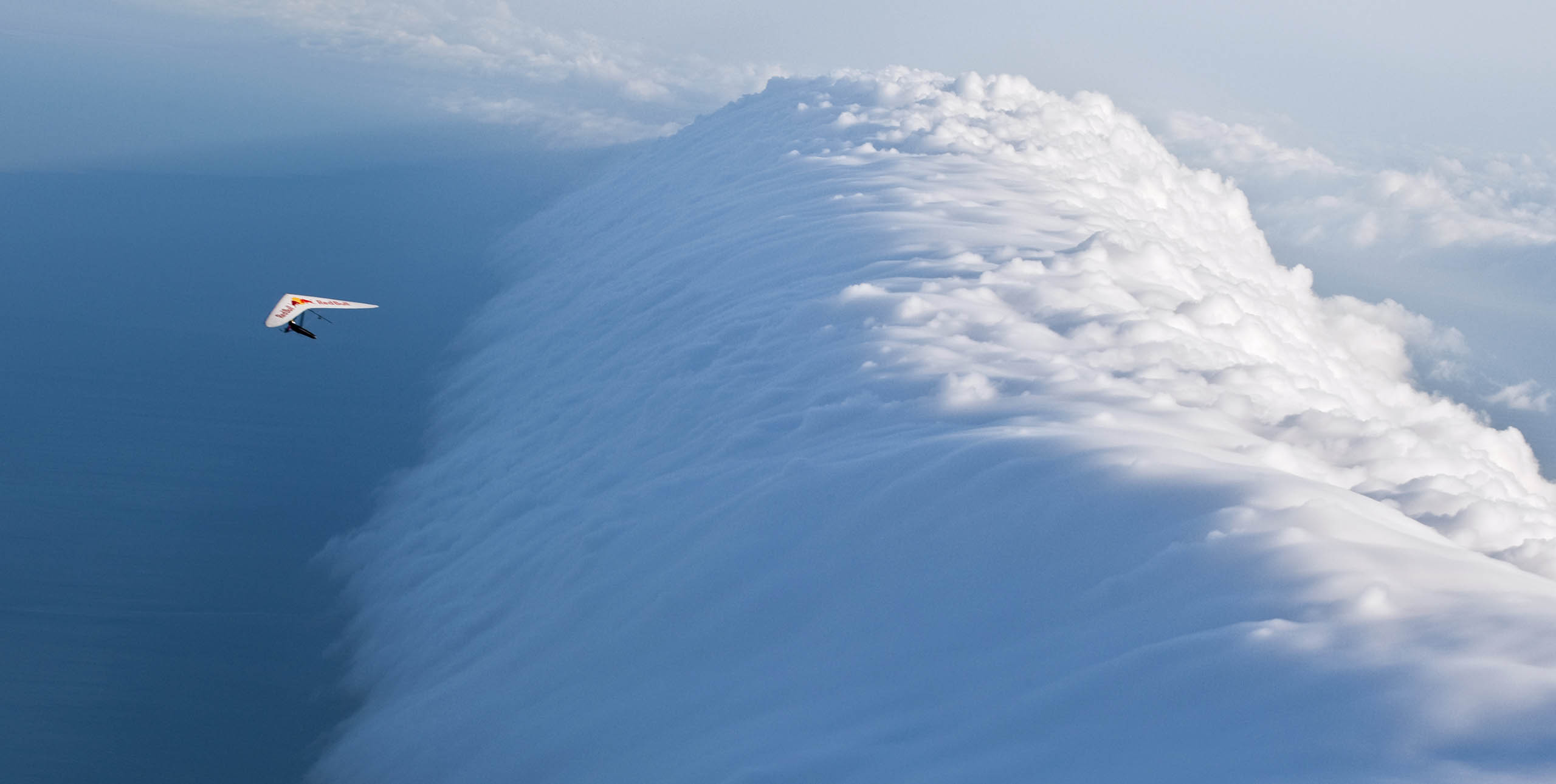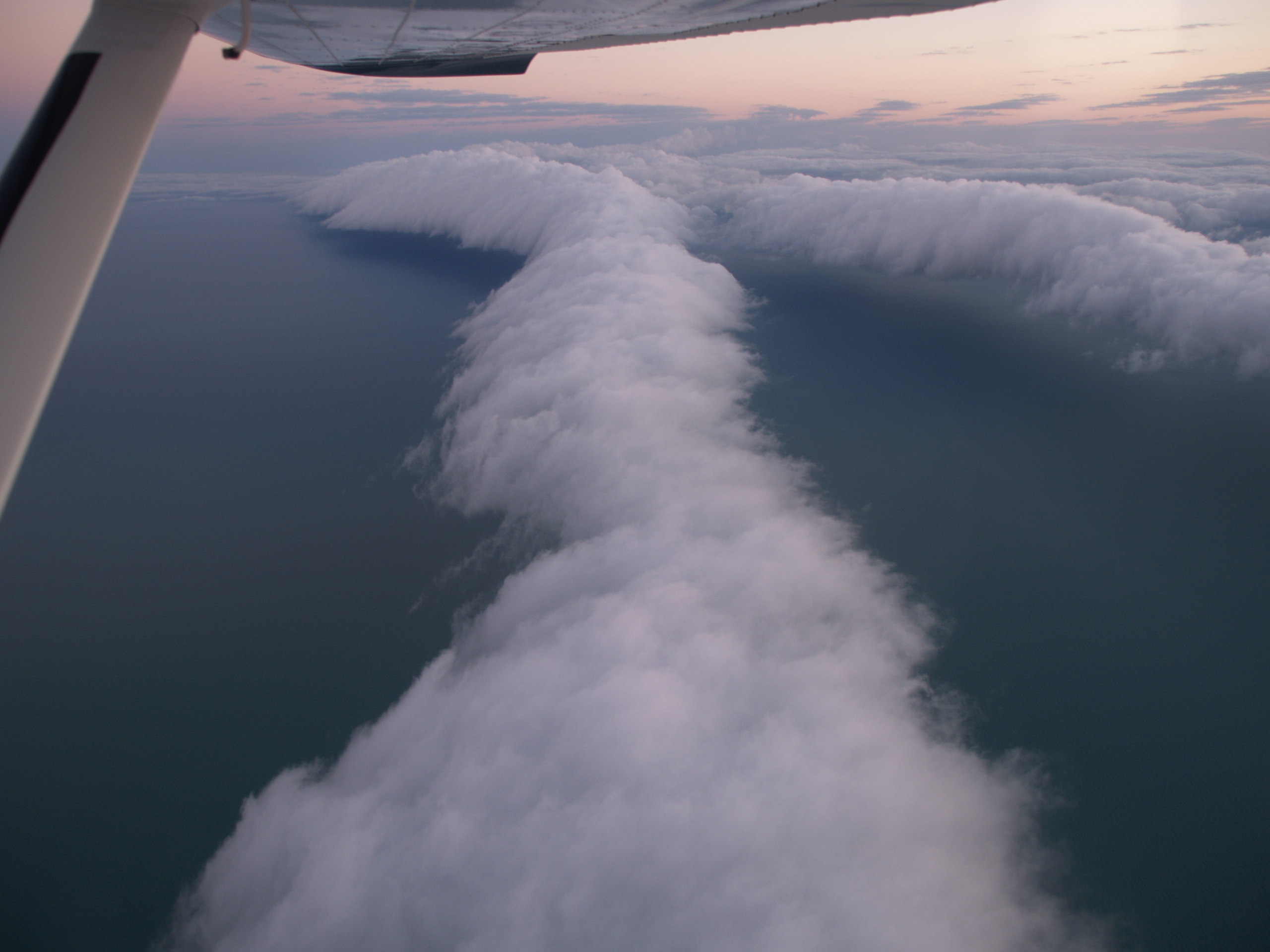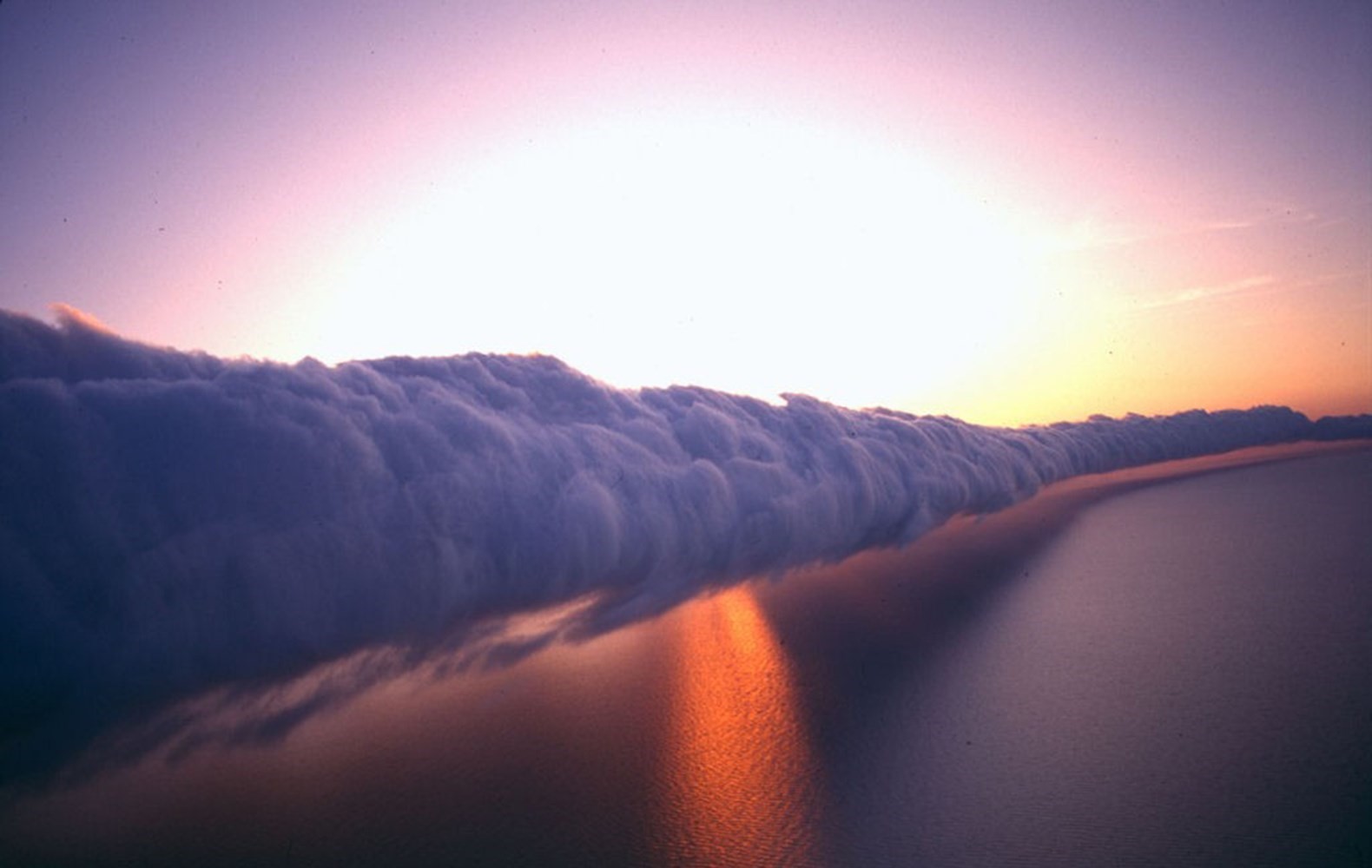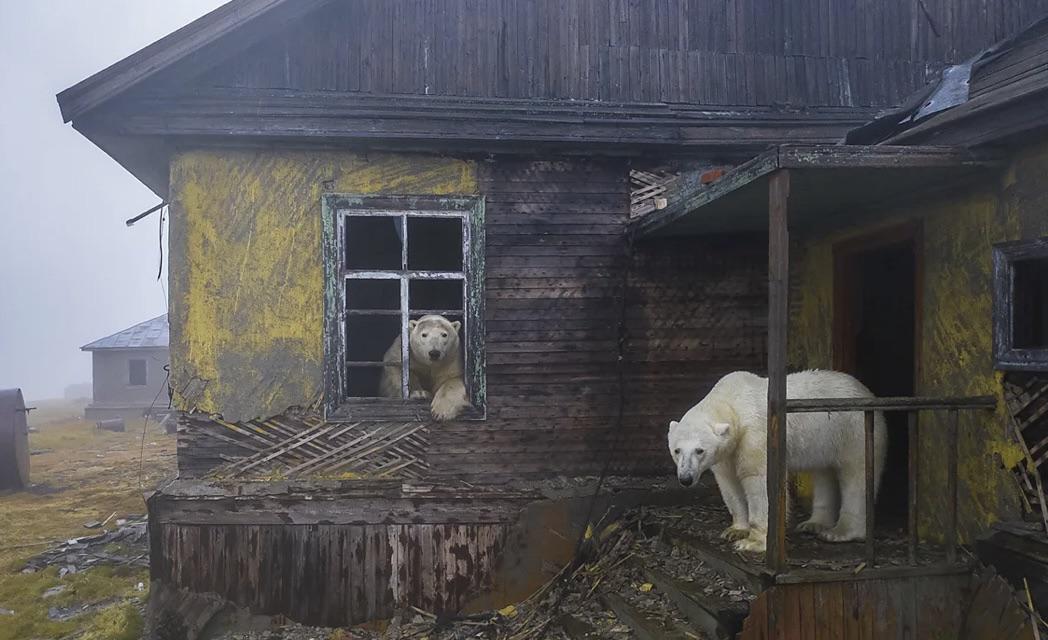High above certain corners of our planet, a rare and spectacular atmospheric phenomenon unfolds—the morning glory cloud. These enormous tube-shaped cloud formations stretch across the horizon like celestial rolling pins, captivating meteorologists and cloud-chasers alike with their otherworldly appearance and mysterious properties. While they may seem like something from a science fiction film, these remarkable clouds represent one of nature’s most fascinating atmospheric puzzles.
Morning glory clouds are essentially a type of roll cloud—massive tubular cloud formations that appear to roll forward across the sky, seemingly detached from other cloud systems. What sets morning glories apart is their extraordinary length, sometimes extending for hundreds of kilometers while maintaining a surprisingly uniform shape. Typically appearing at altitudes between 100 and 200 meters, these clouds roll forward at speeds of 10-20 kilometers per hour, creating a mesmerizing spectacle for those fortunate enough to witness them.
The visual impact is stunning—a perfect cylindrical cloud formation with clearly defined edges moving majestically across otherwise clear skies. The leading edge of the cloud often features continuous rising motion, while the trailing edge shows sinking movement, creating the rolling appearance that gives these formations their name.
Despite decades of study, morning glory clouds remain somewhat mysterious to meteorologists. They form through a complex interplay of atmospheric conditions including temperature inversions, sea breezes, and interactions between air masses of different density and moisture content.
The most basic explanation involves a layer of moist air being forced upward along a boundary of cooler air, causing the moisture to condense into the distinctive rolling cloud formation. As this happens, the atmospheric disturbance creates a wave-like motion that propagates through the air, allowing the cloud to maintain its shape while traveling significant distances.
What makes these clouds particularly fascinating to scientists is their predictability in certain locations despite their general rarity worldwide—suggesting very specific local conditions must combine in precise ways to generate these atmospheric wonders.
While morning glory clouds can occasionally be spotted in various locations globally, from the American Midwest to parts of Eastern Europe, nowhere are they more reliably observed than in Australia’s Gulf of Carpentaria. The small town of Burketown in Queensland has even branded itself the “Morning Glory Cloud Capital of the World,” with good reason.
Between September and November each year, usually in the early morning hours, these magnificent formations roll across the gulf with remarkable regularity. The unique geography of the Cape York Peninsula creates the perfect conditions for their formation, as sea breezes from both the Coral Sea and the Gulf of Carpentaria converge and interact with the heated air above the peninsula.
This predictability has transformed Burketown into an unlikely destination for meteorological tourism. Glider pilots in particular make annual pilgrimages to “surf” these atmospheric waves, riding the powerful updrafts that accompany the cloud formations to achieve extraordinary altitude gains and lengthy flights without engine power.
For the indigenous Garrwa people of northern Australia, these cloud formations have been recognized and interpreted for thousands of years. Traditional knowledge describes them as “kangólgi,” and their appearance was incorporated into weather predictions and seasonal calendars long before modern meteorology identified them as unique phenomena.
Similarly, in other regions where these clouds appear with some regularity, local folklore often contains references to rolling sky serpents or celestial roads—testaments to the visual impact these formations have made on human observers throughout history.

Beyond their spectacular appearance, morning glory clouds provide valuable research opportunities for atmospheric scientists. These formations represent visible manifestations of complex atmospheric solitary waves, similar to the solitary waves studied in fluid dynamics and other physical systems.
Research into morning glory formation has applications in understanding aviation hazards, as the powerful updrafts and downdrafts associated with these clouds can create dangerous conditions for aircraft. Additionally, studying these distinct atmospheric boundaries improves our understanding of how air masses interact—knowledge that contributes to better weather forecasting models.
For those who witness a morning glory cloud, the experience is often described as awe-inspiring. The sight of a perfectly formed cylindrical cloud stretching from horizon to horizon, silently rolling forward through an otherwise clear sky, creates a moment of wonder that captures the magnificent complexity of our atmosphere.
While photographs of these formations are impressive, they hardly compare to the experience of standing beneath one as it passes overhead—a rare natural spectacle that reminds us our planet’s atmosphere remains capable of surprising even in our age of atmospheric understanding.







